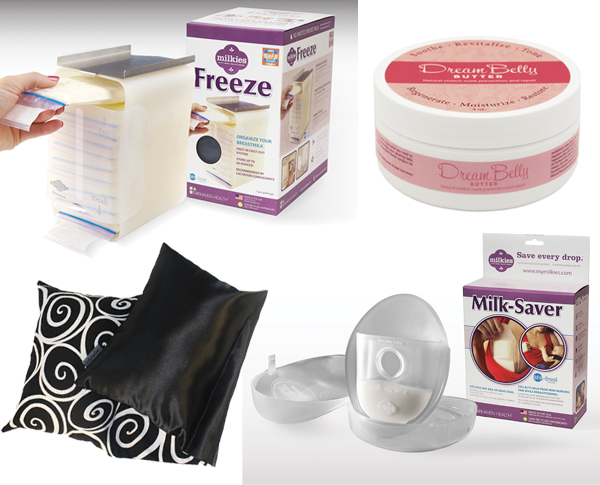A full body experience

When most people think of the pregnant body, they automatically […]
When most people think of the pregnant body, they automatically envision that burgeoning belly. But your tummy isn’t the only thing transforming while baby’s on board. Your entire body is hard at work making sure your tot’s temporary home is up to par.
Feel the flow
One of the more significant changes that takes place during gestation is an increase in blood flow. Your circulatory system has the tough job of providing all the nutrients and oxygen your baby needs while he’s rooming in, meaning your cardiac output and blood volume increase by about 30 to 50 percent. Now that you’re living and breathing for two, all your blood circulates through the placenta, where it sends nutrients and oxygen to your babe via the umbilical cord; deoxygenated blood is routed back through two umbilical arteries and makes its way up to your lungs for oxygenation and recirculation.
Extra blood flow plays a part in prenatal swelling, and restricted blood flow to the lower body can lead to hemorrhoids and varicose veins of the legs. Fatigue and headaches are often attributed to your overworked circulatory system as well.
Hormone overload
Many of the side effects of pregnancy can be attributed to your rising hormone levels. The first to make its appearance is human chorionic gonadotropin (hCG), which is the hormone used to confirm pregnancy via a blood or urine test. hCG is responsible for increasing the blood supply to your pelvic area (hence the hardworking kidneys and frequent potty breaks) and is also thought to factor into nausea and vomiting.
Heightened levels of estrogen and progesterone can take credit for an array of discomforts and ailments, such as breast tenderness, fatigue and an increased sense of smell to name a few. Relaxin is known to loosen joints, ligaments and smooth muscles, which contributes to everything from heartburn and acid reflux to bloating and constipation to aches and pains in your hip and pubic region. You can also credit this friendly joint-expanding hormone for your increase in shoe size. Of course, it’s the combination of the aforementioned hormones that’s to blame for your fragile emotional state.
Internal affairs
Before conception, your about-the-size-of-an-orange uterus rests nicely amongst your other organs. By week 40 of pregnancy, however, your uterus has expanded to the size of a watermelon, moving its housemates around and monopolizing the entire region. Your kidneys, bladder and other organs are pretty much pushed to their limits. Plus, as if taking up all your abdominal space isn’t enough, your uterus also expands upward, finding room in your rib cage and causing that shortness of breath many moms-to-be experience in the later stages of pregnancy.
Perhaps the peskiest result of this relocation is a still increased need for urination, which is already revved up thanks to all that extra blood your kidneys are filtering. Uterine pressure can also constrict your bowels, further increasing your susceptibility to constipation. Thankfully, as your body adjusts postbaby and your uterus contracts to its old size, all your displaced organs will find their way back home again.
Outward appearances
Your skin takes a pretty good beating while baby is brewing. Many moms experience acne outbreaks at levels unseen since their middle school years, and dark spots on the face—commonly referred to as the mask of pregnancy—may make an unwelcome appearance too.
Down below, your skin is stretching significantly as your baby grows, often resulting in pesky stretch marks that first show up as angry red lines. While your belly might be the obvious place to look for these marks, don’t be surprised if they show up on other parts of your body, such as your breasts, hips and thighs. Stretch marks fade with time and will eventually be almost unnoticeable and silvery in color.
A leg up
Not only do your lower extremities take the brunt of the swelling burden, they also sometimes make themselves known with breathtaking middle-of-the-night muscle cramps and a tingly, almost painful feeling known as restless leg syndrome (RLS). Movement tends to relieve RLS, but as soon as you settle back in, the discomfort often starts up again—making for long, sleepless nights indeed.
The good news is that these ailments are temporary and should dissipate with the arrival of your bambino. Your doctor can recommend some treatments and preventative measures for RLS, although most medications recommended to treat the problem are not approved for use during pregnancy.
It’s unclear why RLS tends to plague expectant mothers, but iron or folate deficiencies and hormonal and circulatory changes have been suggested as possible culprits.








